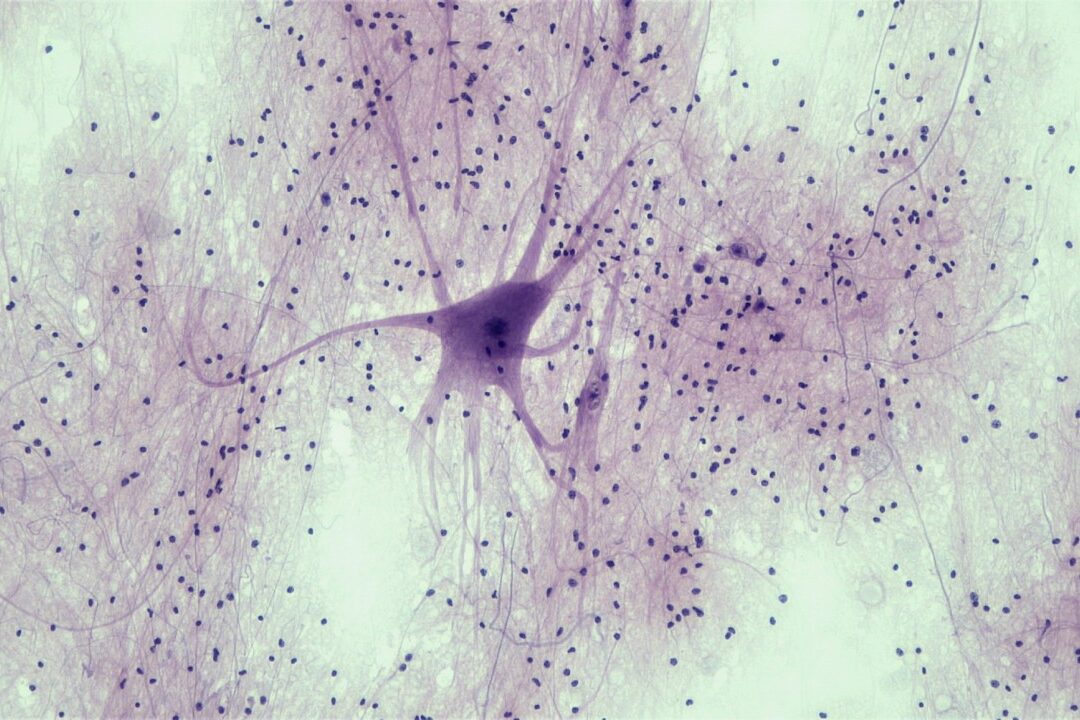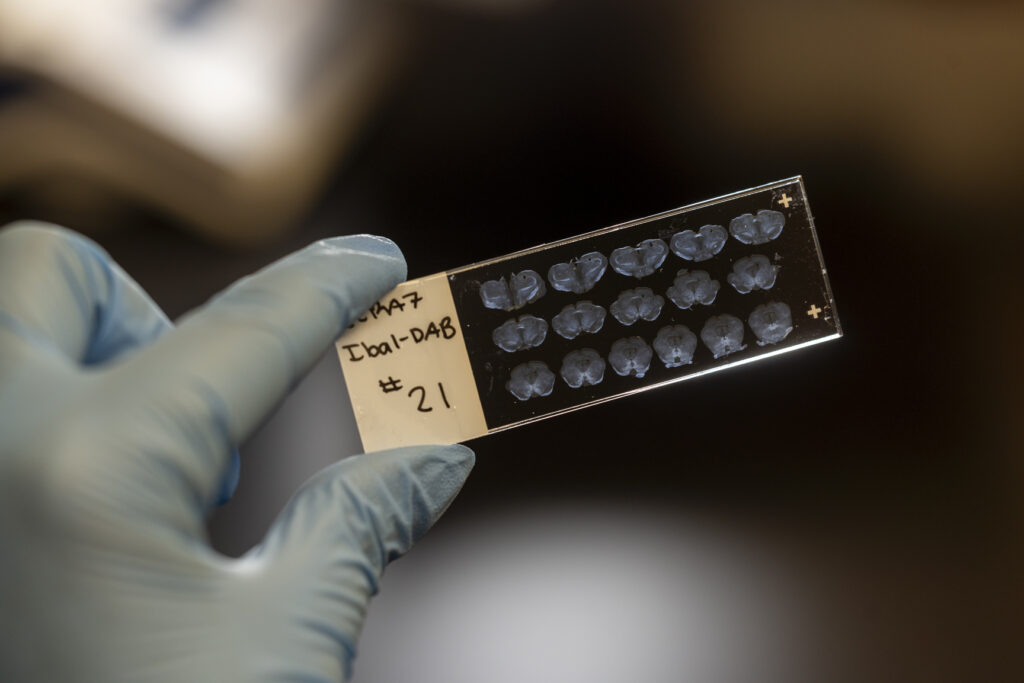α-Synuclein (aSyn) is the major constituent protein of aggregates in Lewy bodies, the pathological hallmark of Parkinson’s disease. Intra-striatal administration of α-synuclein preformed fibrils (PFFs) to rats or mice produces a propagating pathology that generates pSer129-aSyn deposits throughout interconnected parts of the brain. The pathology produced is analogous to that observed in people with Parkinson’s disease.
- Disease-relevant mechanism of aSyn spreading pathology
- Can be used to assess disease modifying therapies
- Slowly developing rodent model of Parkinson’s disease
Model Overview
Mouse aSyn PFFs are injected bilaterally into the striatum of rats or mice using stereotaxic techniques.Accumulations of pSer129-aSyn can be seen over the course of 30-, 60-, and 120-days allowing test compounds to be evaluated for their ability to prevent uptake of PFFs and the formation of pathologic forms of aSyn.
pSer129-aSyn-ir
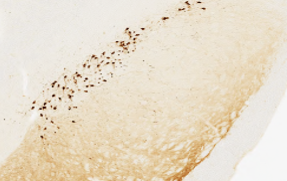
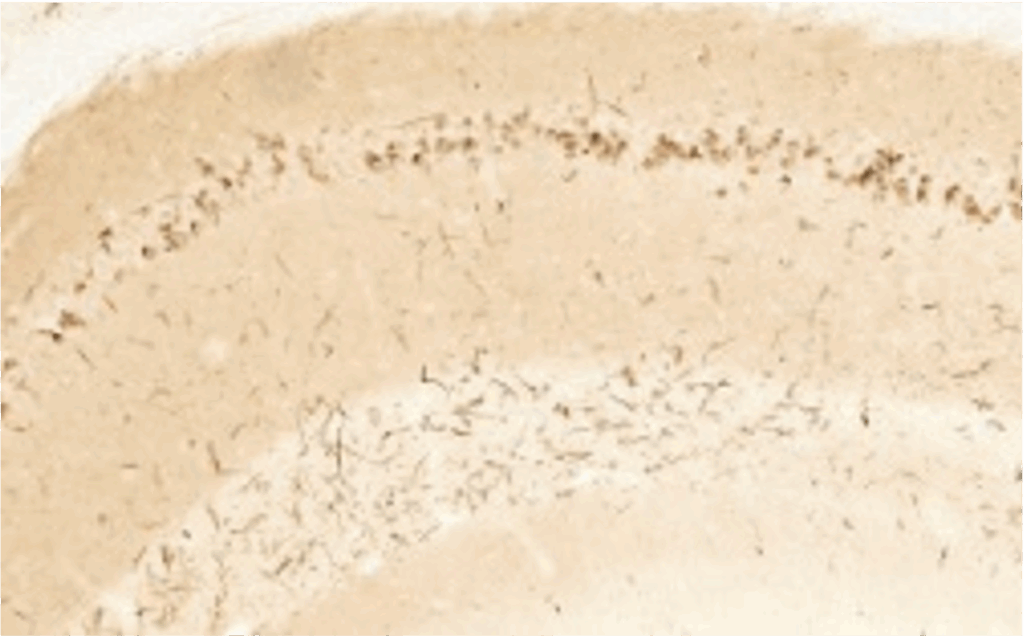

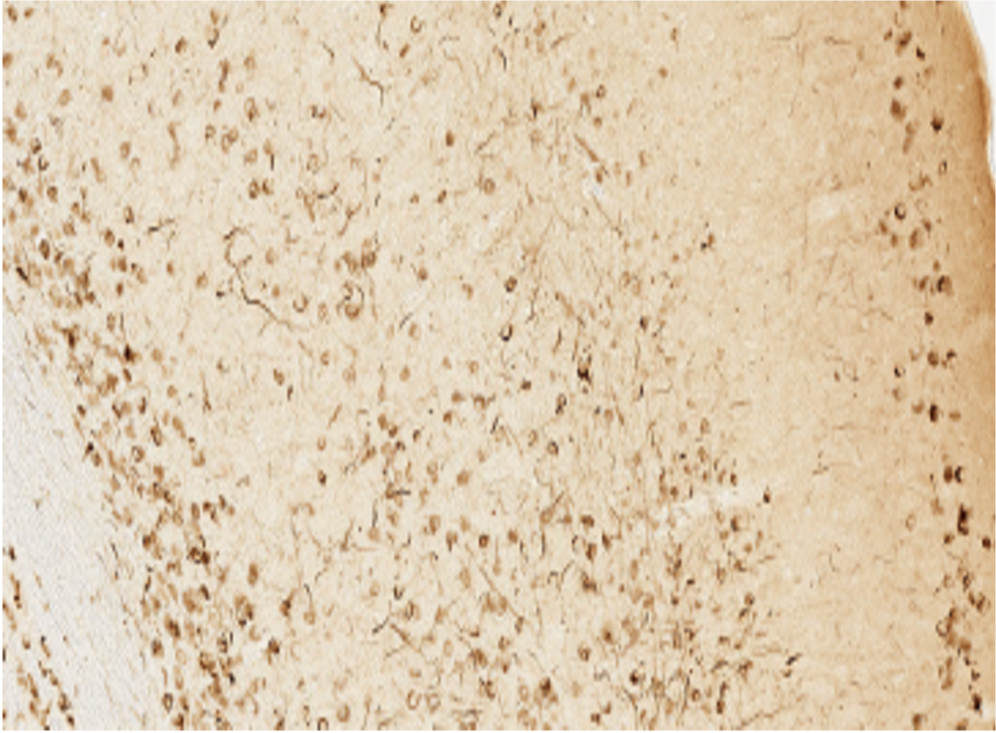
Deposits of aSyn are resistant to PK-digestion and are Thio-S positive
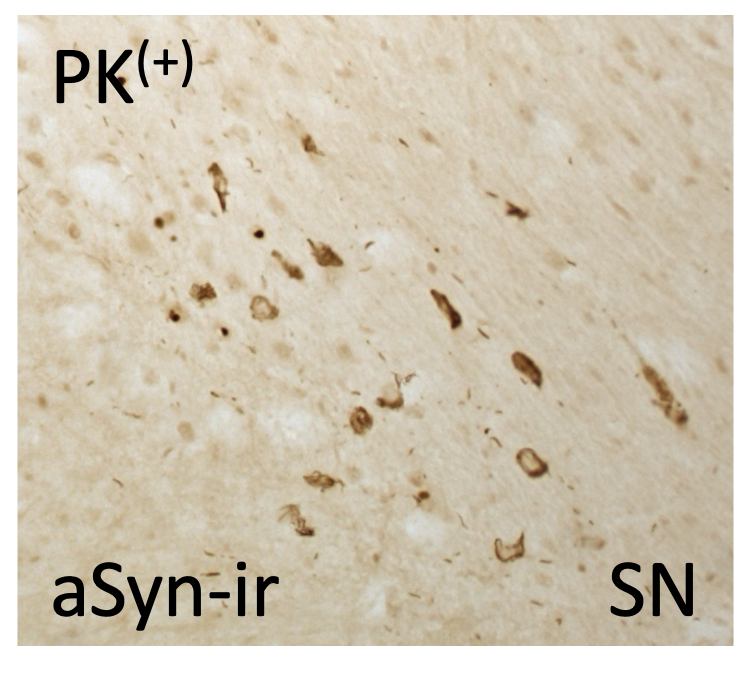
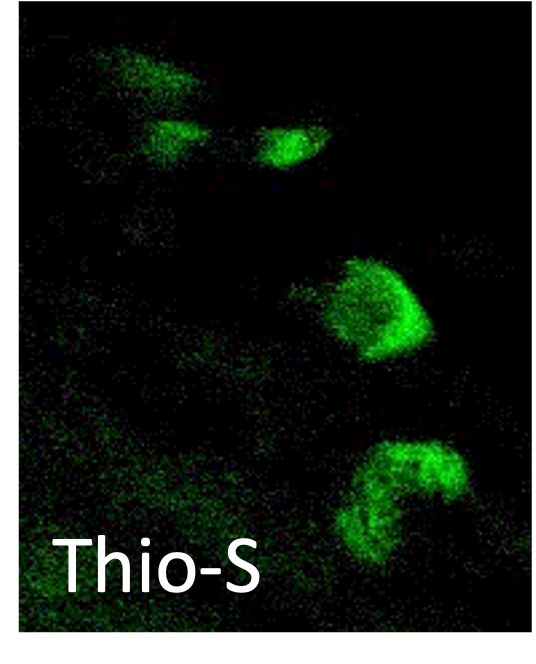
PFF-aSyn results in reductions of striatal dopamine
At day 30 and persistent out to day 120, striatal dopamine levels are significantly reduced in PFF-aSyn inoculated mice compared to monomer-aSyn.

BilatePFF-aSyn results in reductions of SN dopamine neurons
At day 120, SN dopamine neurons are significantly reduced in PFF-aSyn inoculated rats compared to monomer-aSyn.

Experimental readouts
- Post-mortem – Routine post-mortem analyses include striatal dopamine, TH and dopamine transporter (DAT) levels and assessments of pSer129-aSyn density in various midbrain and forebrain ROIs. The number of pSer129-aSyn positive cells in the substantia nigra can be quantified by stereological cell counting to assess pathological aSyn clearing strategies. Additional post-mortem measures can be incorporated at the request of the client.
- Target engagement – Demonstration of target engagement can often be incorporated into the study design aiding translation from rodent studies to non-human primate studies and ultimately to clinical studies.
- Pharmacokinetics – Can be incorporated into all studies. Blood can be sampled throughout the study and terminal samples of CSF and brain and other tissues can be collected.

